-
Tel : +8618150976625
-
Email : Hello@MicrofiberLeather.com
Tel : +8618150976625
Email : Hello@MicrofiberLeather.com
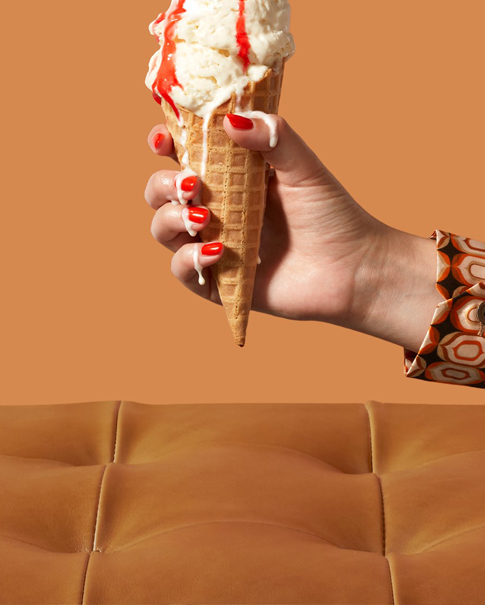
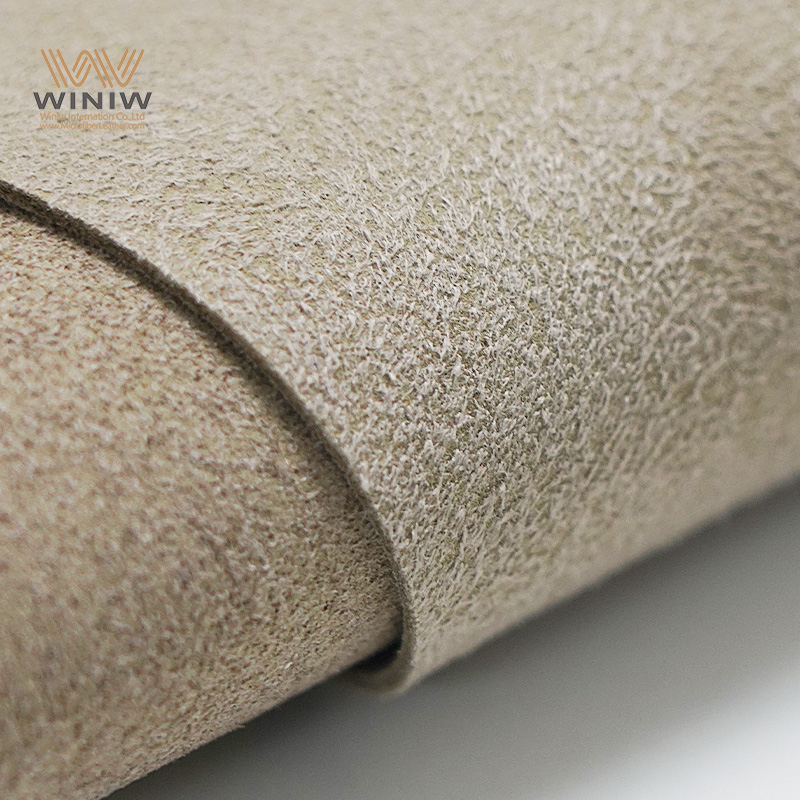
Microfiber Suede requires only a few simple steps to keep it looking fresh. Regular cleaning protects the fabric from dust and dirt. Immediate attention to spills prevents stains from setting. This fabric features a soft, luxurious texture and delicate fibers. It demands careful handling to preserve its appearance and durability.
Quick action and gentle maintenance help extend the life of any microfiber suede item.
Regular cleaning keeps microfiber suede looking fresh. Dust weekly and vacuum with an upholstery brush to remove dirt.
Immediate attention to spills prevents stains. Blot spills with a clean cloth and use a mild detergent solution for spot cleaning.
Use gentle cleaning methods. Avoid harsh chemicals that can damage the fabric; opt for mild detergents or specialized cleaners.
Deep clean microfiber suede at least once a year. This refreshes the fabric and removes embedded dirt for longer-lasting beauty.
Protect microfiber suede from sunlight and heat. Position furniture away from direct sunlight to prevent fading and damage.
Store items properly to maintain quality. Use breathable covers and avoid plastic to prevent moisture buildup and mildew.
Restore the fabric's texture by brushing regularly. A soft brush lifts the nap and keeps the fabric looking vibrant.
Consider professional cleaning for tough stains. Experts have the tools and knowledge to restore microfiber suede without damage.
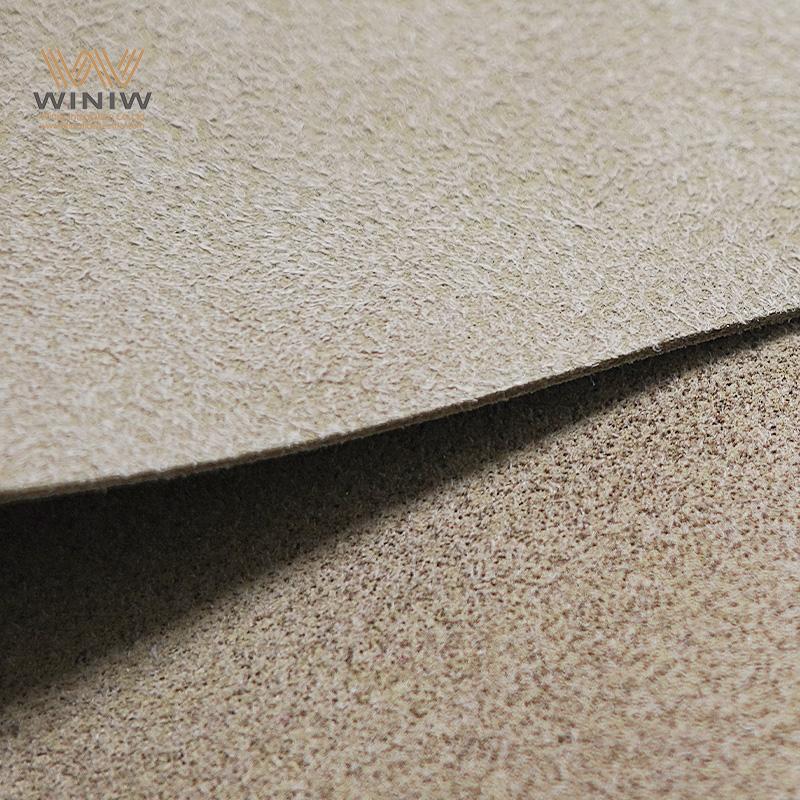
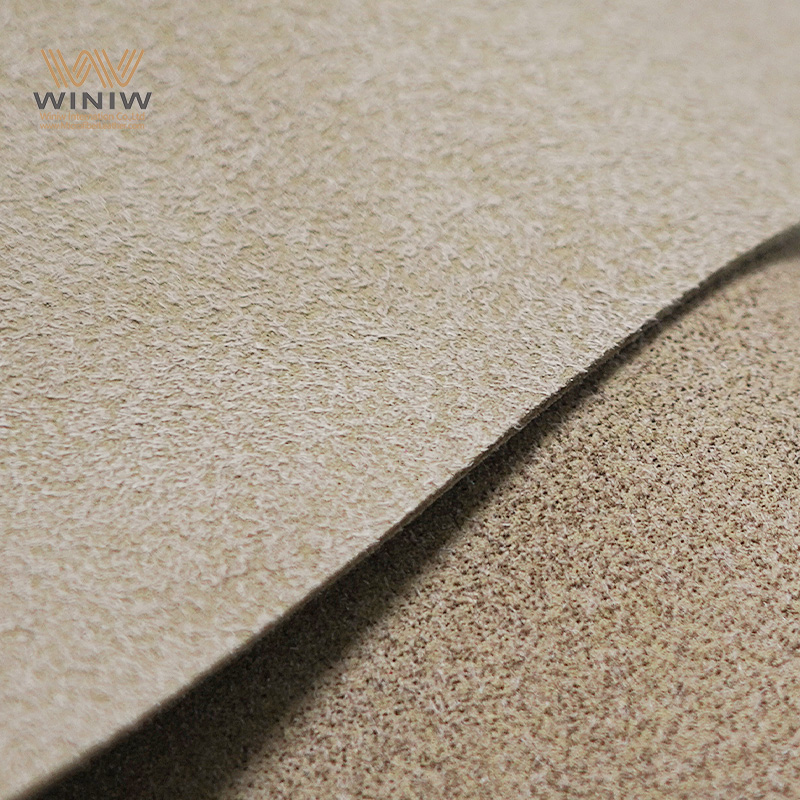
Microfiber Suede is a synthetic fabric designed to mimic the luxurious feel and appearance of natural suede. Manufacturers create it using tightly woven polyester or nylon fibers, which results in a soft, velvety surface. This fabric stands out for its uniform texture and consistent color. Unlike natural suede, it resists wear and staining, making it a practical choice for many applications.
Microfiber Suede offers a balance between elegance and durability, making it a preferred material for both home and fashion products.
Microfiber Suede possesses several unique characteristics that distinguish it from natural suede and other synthetic fabrics. The following table highlights key differences:
|
Characteristic |
Microfiber Suede |
Natural Suede |
|---|---|---|
|
Appearance |
Resembles real suede with a velvety surface |
Natural texture varies, may not be uniform |
|
Durability |
Highly durable, resists wear and staining |
Less durable, prone to damage |
|
Maintenance |
Easy to clean, often wipeable |
Requires special care and cleaning |
|
Affordability |
More budget-friendly |
Generally more expensive |
|
Variety |
Available in many colors |
Limited color options |
Microfiber Suede requires special care compared to other upholstery fabrics. The following table explains why:
|
Feature |
Microfiber Suede |
Real Suede |
|---|---|---|
|
Cleaning |
Easy to clean, often machine washable |
Requires professional cleaning |
|
Sensitivity to Water |
More water-resistant |
Highly sensitive to water |
|
Maintenance |
Does not require specialized treatments |
Needs careful maintenance and special care |
These features make Microfiber Suede a practical option for busy households and individuals who want style without the hassle of complicated upkeep.
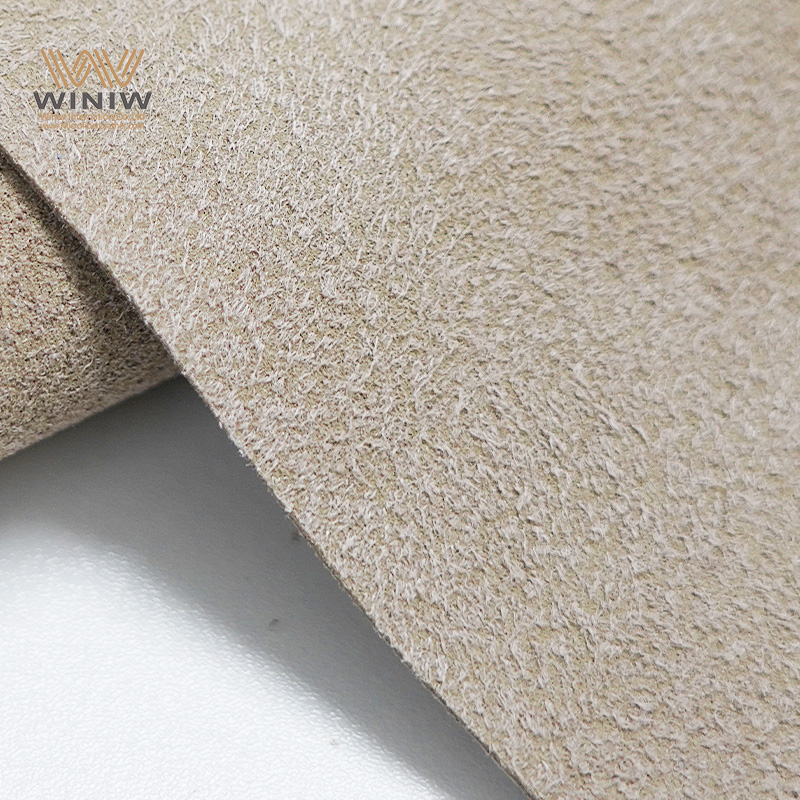
Microfiber Suede finds widespread use in both home and fashion industries. Its versatility and attractive appearance make it suitable for a variety of products. The table below outlines common applications:
|
Application Type |
Description |
|---|---|
|
Upholstery |
Ideal for sofas, chairs, and cushions, adding luxury and durability. |
|
Clothing |
Used in jackets, skirts, and gloves, providing a soft, warm feel. |
|
Accessories |
Popular for handbags and shoes due to rich texture and aesthetic appeal. |
|
Home Décor |
Utilized in curtains and pillow covers, enhancing elegance in interiors. |
Designers and manufacturers often select Microfiber Suede for furniture, fashion items, and accessories. Its ability to maintain color and resist stains ensures products look new for longer periods. Homeowners appreciate its easy maintenance, while fashion enthusiasts value its soft touch and stylish finish.
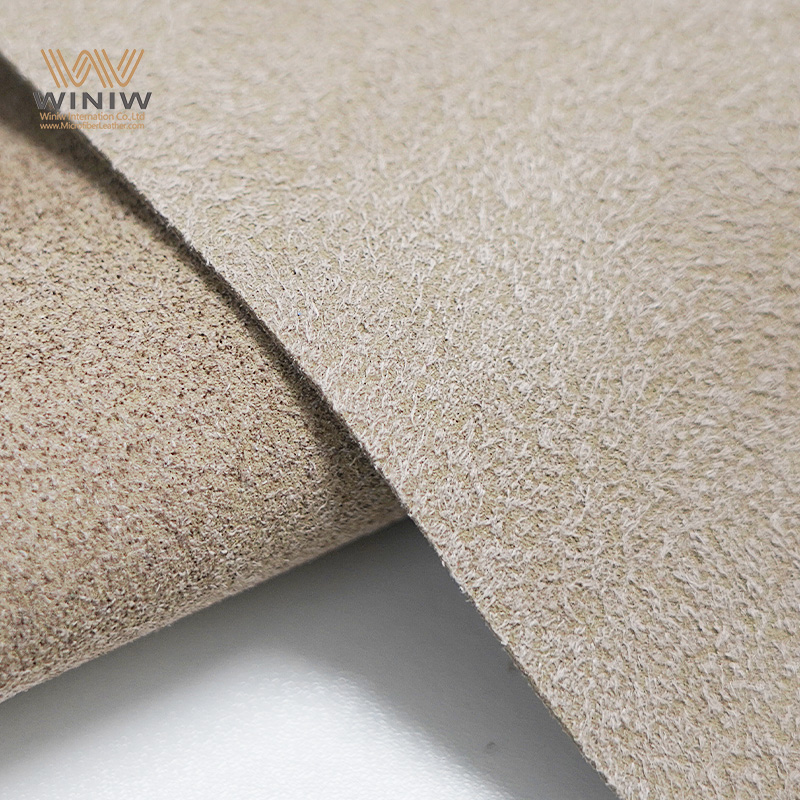
Routine dusting plays a critical role in preserving the appearance and longevity of microfiber suede. Dust particles settle on the surface and can work their way into the fibers if left unattended. Individuals should use a clean, dry microfiber cloth to gently wipe the fabric. This method removes loose debris without causing abrasion. Dusting once a week prevents buildup and keeps the fabric looking vibrant.
"Weekly vacuuming or light brushing is a fabric care tip that helps to remove soil and protect fabric from the embedding of dirt or grime between fibers which can increase abrasion and wear," says Byers.
Vacuuming provides deeper cleaning by extracting dirt that dusting may miss. An upholstery brush attachment works best for microfiber suede, as it lifts particles without damaging the delicate fibers. Users should vacuum in short, gentle strokes, moving in the direction of the nap. This technique maintains the fabric’s texture and prevents matting. Regular vacuuming also reduces allergens and keeps the surface fresh.
Simple daily habits help prevent dirt accumulation and extend the life of microfiber suede. Individuals who adopt these practices notice fewer stains and less wear over time.
Regularly brush the material once a week to prevent dirt buildup.
Dust with a dry cloth and vacuum using an upholstery brush attachment to remove surface dirt.
Address spills immediately by blotting with diluted rubbing alcohol and water.
Brushing the fabric with a soft brush keeps the nap smooth and removes fine particles. Dusting and vacuuming, as part of a weekly routine, minimize the risk of embedded dirt. Immediate attention to spills prevents permanent staining and maintains the fabric’s original color. These habits require minimal effort but deliver significant benefits.
Microfiber suede responds well to consistent care. Individuals who follow these maintenance basics enjoy furniture and accessories that retain their luxurious look and feel. Regular cleaning and prompt action create a protective barrier against everyday wear.
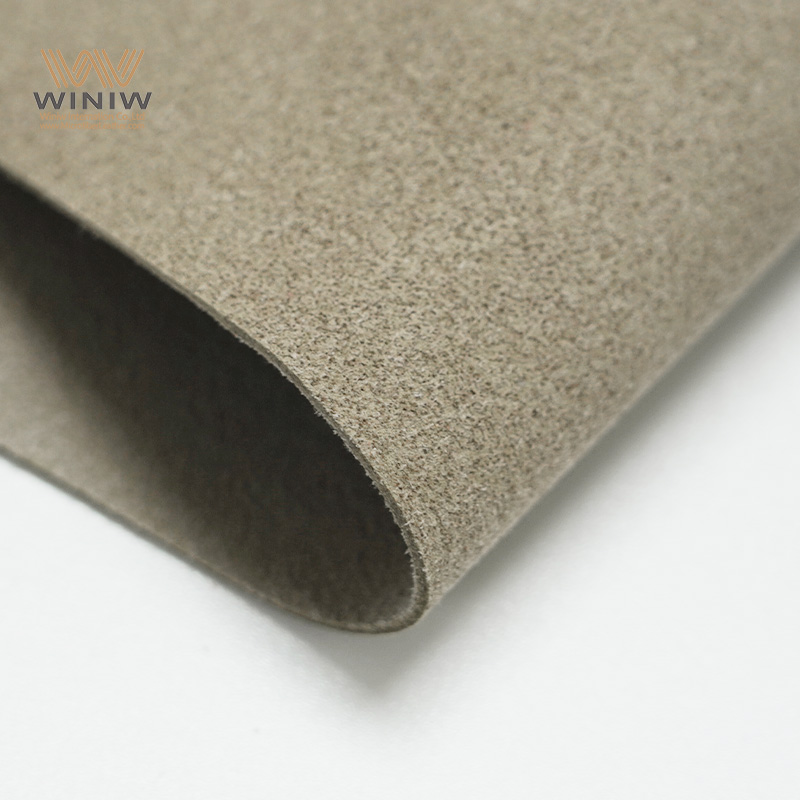
Cleaning Microfiber Suede requires a thoughtful approach to preserve its soft texture and vibrant appearance. Professionals recommend starting with dry methods before introducing any moisture or cleaning solutions. This strategy helps prevent dirt from embedding deeper into the fibers and reduces the risk of water spots.
A lint roller offers a quick and effective way to remove surface debris from Microfiber Suede. Pet hair, lint, and small particles often cling to the fabric. Rolling a clean lint roller over the surface lifts these contaminants without disturbing the nap. For best results, use gentle pressure and replace the adhesive sheet as it fills up.
A soft brush, such as one with horsehair bristles, helps maintain the fabric’s texture. Brushing the surface in the direction of the nap loosens dirt and revives the suede’s velvety feel. This method also prevents matting and keeps the fibers untangled. Professional cleaning services remain the safest and most comprehensive option for heavily soiled items. They possess the expertise and equipment to handle stains while maintaining the fabric’s integrity.
Tip: Always vacuum or brush Microfiber Suede before applying any cleaning products. This step removes loose dirt and prepares the fabric for deeper cleaning.
When dry methods do not suffice, damp cleaning becomes necessary. Only specific cleaning solutions are safe for Microfiber Suede. These include:
White vinegar
Dish soap
Rubbing alcohol
Avoid excessive moisture during cleaning. Treating the fabric to resist water stains further protects its appearance.
Proper wiping technique ensures the fabric remains spotless and streak-free. Spray a microfiber towel with a cleaner designed for microsuede. Gently wipe the area, avoiding hard scrubbing or rubbing. This approach prevents the fibers from balling up. After cleaning, use a soft brush to fluff and untangle any matted areas.
Note: Always test any cleaning solution on a small, hidden area first. This precaution helps avoid discoloration or damage.
Vacuuming plays a crucial role in maintaining Microfiber Suede. Remove loose dirt, dust, and debris from the surface before cleaning. Use a vacuum with an upholstery attachment to gently suction dirt from the fabric. Pay special attention to crevices and seams, where debris tends to collect. Regular vacuuming, ideally once a week, keeps the fabric fresh and free from allergens. Many experts suggest cleaning the couch every time the floors are vacuumed to ensure no debris remains. Establishing a no-pets rule can also minimize wear and preserve the fabric’s integrity.
Vacuum all areas, including seams and crevices.
Use gentle strokes to avoid damaging the delicate fibers.
Make vacuuming a weekly habit for best results.
Consistent care with dry and damp cleaning methods helps Microfiber Suede retain its luxurious look and feel.
Prompt stain removal preserves the beauty and longevity of microfiber suede. Immediate action prevents stains from setting and becoming permanent. This section outlines effective spot cleaning techniques, the use of solvents, and strategies for tackling tough stains.
Acting quickly makes a significant difference when dealing with spills or stains. Upholstery experts recommend the following process for spot cleaning:
Vacuum the area with a brush attachment to remove loose dirt and dust.
Mix a few drops of mild detergent with water in a spray bottle.
Lightly dampen a microfiber cloth with the solution.
Dab the cleaning solution onto the stained area, using gentle pressure.
Dampen a clean cloth with water and blot the cleaned area to remove any residue.
For stubborn stains, repeat the process, working from the outer edges toward the center.
Allow the fabric to air dry completely, then gently fluff the nap with a suede brush or cloth.
Tip: Always address spills as soon as they occur. Quick action reduces the risk of permanent staining.
Blotting, rather than rubbing, protects the delicate fibers of microfiber suede. Use a clean, white cloth to absorb as much of the spill as possible. Press the cloth firmly onto the stain, lifting the liquid without spreading it. Repeat with a fresh section of the cloth until no more moisture transfers. Avoid scrubbing, which can damage the nap and embed the stain deeper.
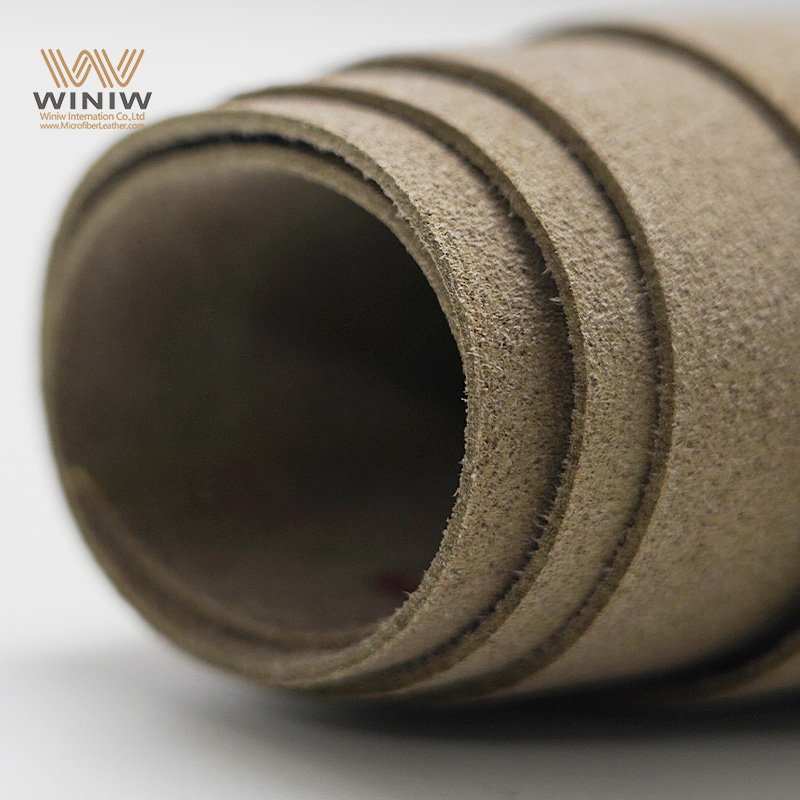
Rubbing alcohol offers an effective solution for many stains on microfiber suede. Apply the following method for best results:
Pour a small amount of rubbing alcohol onto a clean, white cloth.
Dab the stained area gently, switching to a clean part of the cloth as it becomes soiled.
Avoid soaking the fabric or saturating the nap with alcohol.
Allow the area to air dry.
Repeat the process for persistent stains.
Once dry, restore the nap by brushing with a suede brush.
Note: Always test rubbing alcohol on a hidden area before treating visible stains. This precaution ensures the fabric will not discolor or become damaged.
Some stains require more advanced solutions. The following table summarizes effective cleaning methods and products for deep stains:
|
Cleaning Method |
Description |
|---|---|
|
Specialized Microsuede Cleaning Chemical |
Suitable for general cleaning of microfiber suede. |
|
Dr. Beasley’s Microsuede Spot Remover |
Effective for tough stains such as ink, makeup, and blood. |
For heavy stains, a homemade solution can also prove useful:
Mix 1/2 cup hydrogen peroxide with 1 teaspoon dish soap.
Apply the mixture to the stain, scrub gently, and wipe clean with a damp cloth.
Specialized suede cleaners remove stains and dirt without harming the material. Suede conditioners restore color and prevent dryness, while suede protectors create a barrier against future spills.
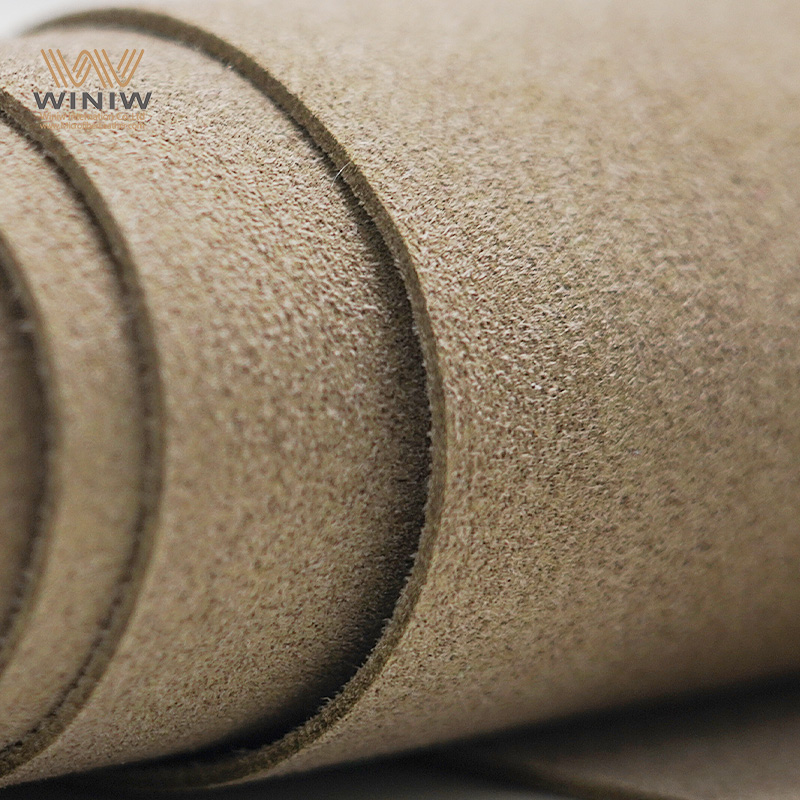
Tough stains, such as ink, blood, or makeup, demand persistent and careful treatment. Begin with spot cleaning and progress to solvents if necessary. Always test any cleaning solution on an inconspicuous area first. This step ensures the fabric will not react adversely.
Use a specialized microsuede cleaner for stubborn marks.
For organic stains, apply the hydrogen peroxide and dish soap mixture, then blot and rinse.
For persistent discoloration, repeat the cleaning process, allowing the fabric to dry fully between attempts.
Professional cleaning services may be necessary for stains that resist home treatment. These experts possess the tools and knowledge to restore microfiber suede without causing damage.
Consistent and careful stain removal keeps microfiber suede looking its best. Immediate attention, the right cleaning agents, and gentle techniques protect the fabric’s luxurious appearance.
Microfiber suede benefits from periodic deep cleaning to maintain optimal appearance and hygiene. Individuals who own microfiber suede furniture or accessories should not rely solely on routine dusting and vacuuming. Deep cleaning removes embedded dirt, refreshes the fabric, and extends its lifespan. Most experts recommend scheduling a thorough cleaning at least once a year for upholstery. Items exposed to heavy use or frequent spills may require more frequent attention.
Regular upkeep includes weekly cleaning with a soft brush to remove dust and prevent buildup. Promptly cleaning spills helps avoid permanent stains.
A consistent maintenance schedule prevents stain accumulation and keeps the fabric looking vibrant. After each cleaning, rinsing the area with a damp cloth and allowing it to dry completely preserves the nap and texture.
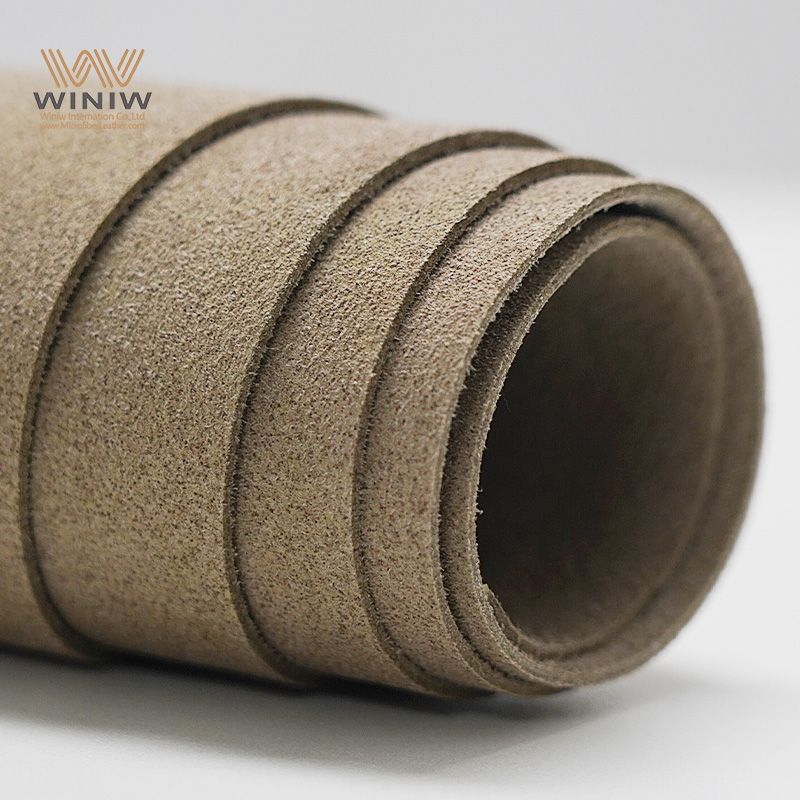
Professionals follow specific steps to deep clean microfiber suede. These methods ensure the fabric remains undamaged and retains its luxurious feel. The following process outlines industry guidelines for effective deep cleaning:
Steam Cleaning
Use a steam cleaner to lift dirt and stains without soaking the fabric. Hold the nozzle a few inches above the surface. Blot away excess moisture with a dry cloth immediately after steaming. Steam cleaning refreshes the fibers and removes allergens.
Dry Cleaning Solvents
For tough stains, apply specialty dry cleaning solvents designed for microfiber upholstery. Always spot-test a small, hidden area before treating the entire surface. These solvents break down stubborn marks without harming the delicate fibers.
Gentle Agitation
Brush the fabric in one direction using a soft brush. Gentle agitation loosens dirt and revives the nap. Avoid vigorous scrubbing, which can damage the texture.
Vacuuming
Vacuum the entire item with an upholstery attachment. Pay attention to seams and crevices where debris collects. Regular vacuuming removes dust and prevents buildup.
Rinsing and Drying
After cleaning, rinse the area with a damp cloth to remove any residue. Allow the fabric to air dry completely. This step prevents water spots and maintains the softness of the suede.
Tip: Always test cleaning products on a small, inconspicuous area before applying them to the entire surface.
Some situations require professional intervention. Individuals should seek expert cleaning services when tough stains resist home treatment or when the fabric shows signs of significant wear. Professional cleaners possess specialized equipment and knowledge to restore microfiber suede without causing damage.
Upholstery should be professionally cleaned at least once a year to maintain its appearance.
Professional help is advisable for items with deep-set stains or extensive soiling.
A reputable cleaning service evaluates the condition of the fabric and selects appropriate methods. They ensure the item receives thorough care and returns to its original state. Professional cleaning protects the investment and prolongs the life of microfiber suede products.
Deep cleaning, whether performed at home or by professionals, keeps microfiber suede fresh, hygienic, and beautiful for years to come.
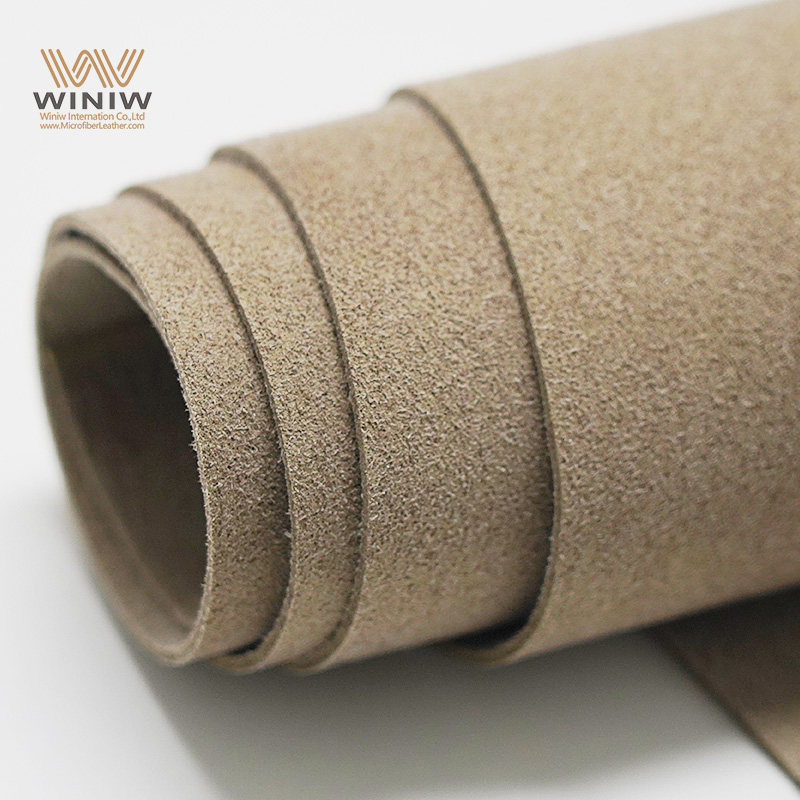
Direct sunlight and excessive heat can cause microfiber suede to fade and lose its soft texture. Prolonged exposure to UV rays breaks down the fibers, resulting in discoloration and a brittle feel. Homeowners should position furniture away from windows or use curtains and blinds to block harsh sunlight. For accessories and clothing, storage in cool, shaded areas preserves the original color and prevents premature aging. Heat sources such as radiators and vents also pose risks. Placing items too close to these sources can dry out the fibers and create permanent wrinkles. Regularly rotating cushions and rearranging furniture ensures even wear and reduces the impact of sun and heat.
Tip: Use UV-protective window films or covers to further shield microfiber suede from sunlight.
Microfiber suede offers better moisture resistance than natural suede, especially when treated with a protective finish. The tight weave of the fibers slows down moisture absorption, allowing for quick cleanup of light spills. However, the material is not completely waterproof. Prolonged exposure to heavy moisture can cause discoloration and stiffness, particularly if the protective coating wears off. Repeated saturation may also reduce the effectiveness of water-resistant treatments over time.
When microfiber suede becomes wet, avoid rubbing the area. Rubbing can damage the delicate fibers and alter the fabric’s appearance. Instead, gently blot the moisture with a clean, dry cloth. Allow the item to air dry naturally. After drying, a soft brush restores the nap and maintains the fabric’s velvety texture. For items used in high-moisture environments, such as automotive seats, regular inspection and reapplication of protective finishes help maintain durability.
Note: Always address spills promptly to prevent moisture from penetrating deep into the fibers.
Applying a fabric protector adds an extra layer of defense against stains and moisture. Several products are safe and effective for microfiber suede:
Scotchgard™ Suede & Nubuck Protector: Formulated specifically for suede materials, this product provides reliable protection without altering the fabric’s feel.
303 Fabric Guard: Recommended for sueded microfiber, this spray repels stains and helps maintain the fabric’s original appearance.
Before applying any protector, test it on a small, hidden area to ensure compatibility. Follow the manufacturer’s instructions for best results. Reapply the protector periodically, especially after cleaning or heavy use, to maintain optimal protection.
Regular use of fabric protectors extends the life of microfiber suede and simplifies routine maintenance.
Proper storage plays a crucial role in preserving the quality and appearance of microfiber suede. Individuals who store their items correctly protect them from dust, moisture, sunlight, and accidental damage. Microfiber suede, while durable, can lose its softness and color if exposed to poor storage conditions. Professionals recommend a few essential strategies to ensure longevity.
Choose the Right Location
Select a cool, dry, and well-ventilated area for storage. Avoid places with high humidity, such as basements or attics, because moisture can lead to mildew or unpleasant odors. Direct sunlight causes fading and weakens the fibers over time. Store items away from windows or use opaque containers to block light exposure.
Use Protective Covers
Cover microfiber suede furniture or accessories with breathable fabric covers. Cotton sheets or muslin cloths work well because they allow air circulation and prevent dust buildup. Avoid plastic bags or airtight containers, which can trap moisture and encourage mold growth. For shoes and handbags, use dust bags provided by the manufacturer or purchase soft, breathable alternatives.
Maintain Shape and Structure
Maintain the original shape of microfiber suede items during storage. For handbags and shoes, insert acid-free tissue paper or shoe trees to support their form. Fold clothing items loosely and avoid sharp creases, which can cause permanent wrinkles. Store cushions and pillows flat or upright, never stacked under heavy objects.
Organize and Label
Organize stored items for easy access and minimal handling. Place frequently used items in accessible locations to reduce unnecessary movement. Label storage boxes or shelves to identify contents quickly. This practice minimizes the risk of accidental damage when searching for specific items.
Monitor Storage Conditions
Regularly check the storage area for signs of moisture, pests, or temperature fluctuations. Use silica gel packets or moisture absorbers in enclosed spaces to control humidity. If storing items for an extended period, inspect them every few months. Early detection of issues allows for prompt corrective action.
Tip: Rotate stored items seasonally to ensure even wear and prevent long-term pressure marks.
Quick Storage Checklist
Store in cool, dry, and dark locations
Use breathable covers, not plastic
Support shape with tissue or inserts
Avoid stacking heavy items
Check storage conditions regularly
Proper storage ensures microfiber suede remains soft, vibrant, and free from damage. Individuals who follow these guidelines enjoy long-lasting beauty and functionality from their microfiber suede products.
Wrinkles can detract from the smooth, elegant look of microfiber suede. Individuals often notice creases after storage or heavy use. Removing these wrinkles requires gentle methods to avoid damaging the delicate fibers. Professionals recommend the following techniques:
Use a Hair-Dryer: Set the hair-dryer to low heat. Hold it about ten inches from the fabric. Move the dryer back and forth across the wrinkled area. This approach relaxes the fibers without causing heat damage.
Use Shower Steam: Hang the item in the bathroom during a hot shower. Allow the steam to fill the room, but keep the fabric out of direct contact with water droplets. The steam helps release wrinkles naturally.
Tip: Always allow the fabric to air dry completely after using heat or steam. Avoid ironing, as direct heat can permanently damage microfiber suede.
Microfiber suede’s signature softness and nap can flatten or become matted over time. Restoring the original texture requires careful handling and the right tools. Experts suggest the following steps:
Brush the Fabric: Select a soft-bristled brush. Gently run the brush in the direction of the nap. This action lifts the fibers and revives the velvety feel.
Steam Cleaning: Use a steam cleaner for a deeper refresh. Direct steam at stained or matted areas, but avoid soaking the fabric. Steam loosens dirt and restores the plush texture.
Regular brushing after cleaning or heavy use keeps the nap looking fresh. Steam cleaning, when performed correctly, maintains both cleanliness and softness.
Note: Always test steam on a small, hidden area first to ensure the fabric responds well.
Fading reduces the vibrancy and appeal of microfiber suede. Several strategies help prevent or address this issue:
Protect from Sunlight: Limit exposure to direct sunlight. Use UV-protective sprays to shield the fabric from harmful rays.
Be Careful with Cleaning: Choose cleaning products designed for microfiber suede. Spot clean when possible. For deep cleaning, consider professional services to avoid harsh chemicals that can strip color.
Store Properly: Place items in cool, dry locations. Use breathable storage bags to prevent moisture buildup and color loss.
Minimize Wear and Tear: Rotate cushions and accessories. Use protective covers to reduce friction and fading from daily use.
Regular care and mindful storage practices help maintain the rich color and luxurious appearance of microfiber suede for years.
Many individuals mistakenly use harsh chemicals when cleaning microfiber suede. Products containing bleach, ammonia, or strong solvents can break down the delicate fibers. These chemicals often strip away the protective finish, causing discoloration and weakening the fabric. Professional cleaners recommend using only mild detergents or specialized suede cleaners. They advise testing any new product on a hidden area before full application.
Tip: Always check the label of any cleaning solution. If the product lists strong chemicals, avoid using it on microfiber suede.
A table below highlights safe and unsafe cleaning agents for microfiber suede:
|
Cleaning Agent |
Safe for Microfiber Suede? |
|---|---|
|
Mild Detergent |
✅ |
|
Rubbing Alcohol |
✅ |
|
White Vinegar |
✅ |
|
Bleach |
❌ |
|
Ammonia |
❌ |
|
Acetone |
❌ |
Choosing gentle products preserves the fabric’s color and texture. Individuals who avoid harsh chemicals maintain the luxurious feel of their microfiber suede items.
Excess moisture poses a significant risk to microfiber suede. Over-wetting can damage both the texture and appearance of the fabric. Water spots often develop when moisture dries unevenly, leaving unsightly patches. Soaking the material may cause the nap to flatten or become stiff.
Professional cleaners emphasize gentle cleaning methods to preserve the look and extend the lifespan of microfiber suede. They recommend using rubbing alcohol or white vinegar sparingly for tough stains.
Individuals should follow these guidelines to avoid over-wetting:
Use minimal liquid when cleaning.
Blot stains with a damp cloth instead of soaking the area.
Allow the fabric to air dry completely after cleaning.
Avoid using steam cleaners that release excessive moisture.
Note: Water spots can occur if moisture dries unevenly. Always use a soft brush to restore the nap after cleaning.
Gentle care prevents permanent damage and keeps microfiber suede looking vibrant.
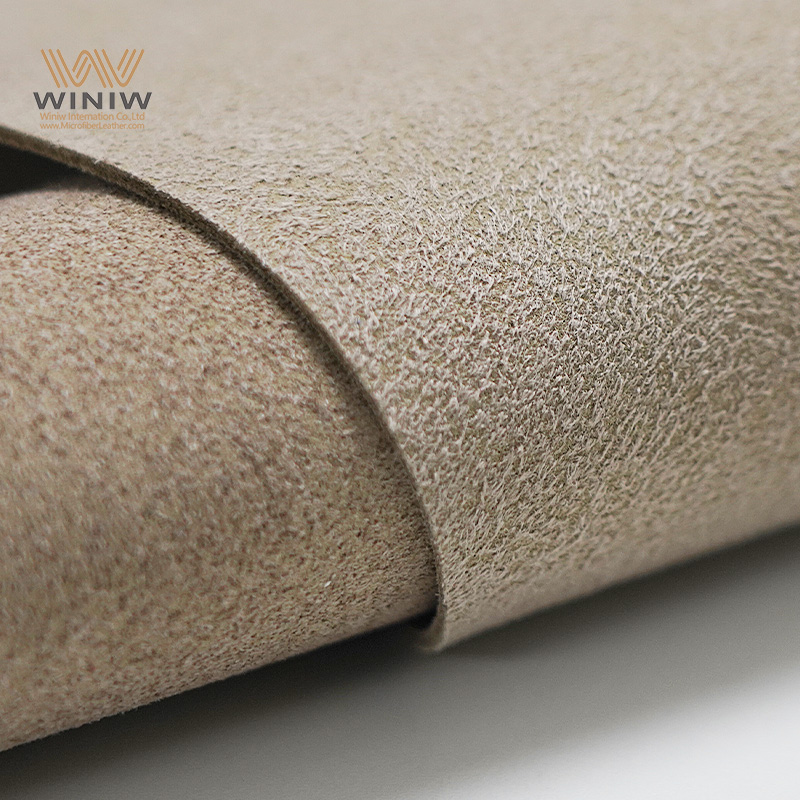
Neglecting regular maintenance leads to premature wear and loss of softness. Individuals who skip dusting, vacuuming, or prompt stain removal often notice fading, matting, and embedded dirt. Microfiber suede requires consistent attention to retain its luxurious appearance.
Professionals suggest establishing a weekly cleaning routine. They recommend brushing the fabric, vacuuming with an upholstery attachment, and addressing spills immediately.
A simple checklist helps individuals stay on track:
Dust with a microfiber cloth weekly.
Vacuum all surfaces, including seams and crevices.
Brush the nap to maintain texture.
Treat spills and stains promptly.
Consistent care ensures microfiber suede remains soft, vibrant, and durable.
Individuals who avoid these common mistakes enjoy long-lasting beauty and comfort from their microfiber suede products.
Improper drying methods can cause significant damage to microfiber suede. Many individuals overlook the importance of correct drying, which leads to unwanted results such as water spots, stiffness, or even permanent distortion of the fabric. Understanding the right approach to drying ensures the fabric maintains its luxurious feel and appearance.
One common mistake involves using direct heat sources. Placing microfiber suede near radiators, heaters, or using a hair dryer on high heat can cause the fibers to shrink or become brittle. High temperatures break down the delicate structure of the material. Instead, professionals recommend air drying in a well-ventilated area. This method allows moisture to evaporate naturally without stressing the fibers.
Another frequent error is exposing the fabric to sunlight during drying. Sunlight fades colors and weakens the fibers over time. Individuals should always dry microfiber suede in shaded areas, away from direct sun exposure. This practice preserves both color and texture.
Overcrowding during drying also poses risks. When items touch or overlap, moisture becomes trapped between layers. This environment encourages mildew growth and leaves behind musty odors. To prevent this, users should lay items flat or hang them with enough space for air to circulate freely. For shoes or bags, stuffing them with acid-free tissue paper helps maintain shape and speeds up drying.
Tip: Always reshape microfiber suede items while damp. This step prevents wrinkles and ensures the item returns to its original form.
Some individuals attempt to speed up drying by wringing or twisting the fabric. This action distorts the nap and can cause permanent creases. Instead, blot excess moisture gently with a clean, dry towel. Press the towel against the fabric to absorb water without rubbing or twisting.
A quick reference table highlights best practices and mistakes to avoid:
|
Drying Practice |
Recommended? |
Reason |
|---|---|---|
|
Air drying in shade |
✅ |
Preserves color and texture |
|
Using direct heat |
❌ |
Causes shrinkage and fiber damage |
|
Sunlight exposure |
❌ |
Leads to fading and weakened fibers |
|
Overcrowding items |
❌ |
Traps moisture, encourages mildew |
|
Gentle blotting |
✅ |
Removes moisture without damaging fibers |
|
Wringing or twisting |
❌ |
Distorts nap and creates permanent creases |
Proper drying techniques protect microfiber suede from avoidable damage. Individuals who follow these guidelines enjoy items that remain soft, vibrant, and free from unsightly marks or odors. Consistent care during the drying process extends the life and beauty of every microfiber suede product.
Microfiber suede furniture requires a consistent care routine to maintain its appearance and comfort. Owners should dust surfaces weekly using a dry microfiber cloth. This step removes loose particles before they settle into the fibers. Vacuuming with an upholstery brush attachment helps extract deeper dirt and prevents abrasion. Always vacuum thoroughly before applying any cleaning solution. This practice keeps particles from embedding into the fabric during cleaning.
Spot cleaning addresses spills and stains quickly. Use a small amount of mild detergent mixed with water. Blot the area gently with a clean cloth. Avoid rubbing, as this can damage the nap. For deep cleaning, use a steam cleaner or a specialized upholstery solvent. Allow the furniture to air dry in a shaded area. Regular rotation of cushions ensures even wear and reduces fading from sunlight.
Tip: Place furniture away from direct sunlight and heat sources to prevent fading and fiber damage.
Microfiber suede clothing offers a soft feel and a stylish look. Owners should brush garments with a soft-bristled brush after each wear. This action lifts the nap and removes surface dust. For light stains, spot clean with a damp cloth and a drop of mild soap. Always test cleaning products on a hidden seam first.
Machine washing is not recommended unless the care label allows it. If permitted, use a gentle cycle with cold water and a mild detergent. Place the garment in a mesh laundry bag to protect it from friction. Air dry the clothing flat, away from direct sunlight. After drying, brush the fabric to restore its texture.
Note: Avoid ironing microfiber suede clothing. Heat can flatten the nap and cause permanent marks.
Shoes and bags made from microfiber suede require special attention due to frequent handling and exposure to outdoor elements. Owners should use a lint roller or a soft brush to remove dust and debris after each use. For stubborn dirt, a damp cloth with a small amount of dish soap works well. Blot stains gently and let the item air dry.
Apply a fabric protector spray designed for suede to shield shoes and bags from moisture and stains. Store items in breathable dust bags or boxes. Insert tissue paper or shoe trees to help maintain their shape. Avoid stacking bags or shoes, as pressure can cause creases and flatten the nap.
|
Care Step |
Furniture |
Clothing |
Shoes & Bags |
|---|---|---|---|
|
Dusting/Brushing |
Weekly |
After wear |
After use |
|
Vacuuming |
Weekly |
N/A |
N/A |
|
Spot Cleaning |
As needed |
As needed |
As needed |
|
Deep Cleaning |
Yearly |
If needed |
If needed |
|
Protection/Storage |
Away from sun |
Flat, shaded |
Dust bags |
Consistent care routines help all microfiber suede products retain their beauty and durability.
Proper care keeps Microfiber Suede looking new and feeling soft. Key steps include regular dusting, gentle vacuuming, prompt stain removal, and careful storage. Consistent attention prevents damage and extends the life of every item.
Start a care routine today. Small efforts lead to lasting beauty and comfort.
Professionals recommend weekly dusting and vacuuming. High-traffic areas may need more frequent attention. Regular maintenance prevents dirt buildup and extends the fabric’s lifespan.
Microfiber suede resists light moisture but does not tolerate soaking. Use minimal liquid when cleaning. Always blot, never rub, and allow the fabric to air dry completely.
If a stain persists after spot cleaning, use a specialized microsuede cleaner or rubbing alcohol. Test all products on a hidden area first. For stubborn stains, professional cleaning may be necessary.
A steam cleaner works well for deep cleaning. Hold the nozzle above the fabric and avoid direct contact. Always allow the item to dry fully after steam treatment.
Brushing with a soft-bristled brush revives the nap. Light steam can also help. Regular care maintains the fabric’s plush texture and prevents matting.
Fabric protectors add a layer of defense against stains and moisture. Professionals recommend applying a protector designed for suede. Reapply after cleaning or heavy use for best results.
Pets may cause scratches, stains, or hair buildup. Regular cleaning and using protective covers help minimize damage. Training pets to avoid furniture preserves the fabric’s appearance.
Store items in cool, dry, and dark locations. Use breathable covers and support the shape with tissue or inserts. Avoid plastic bags and direct sunlight to prevent fading and mildew.